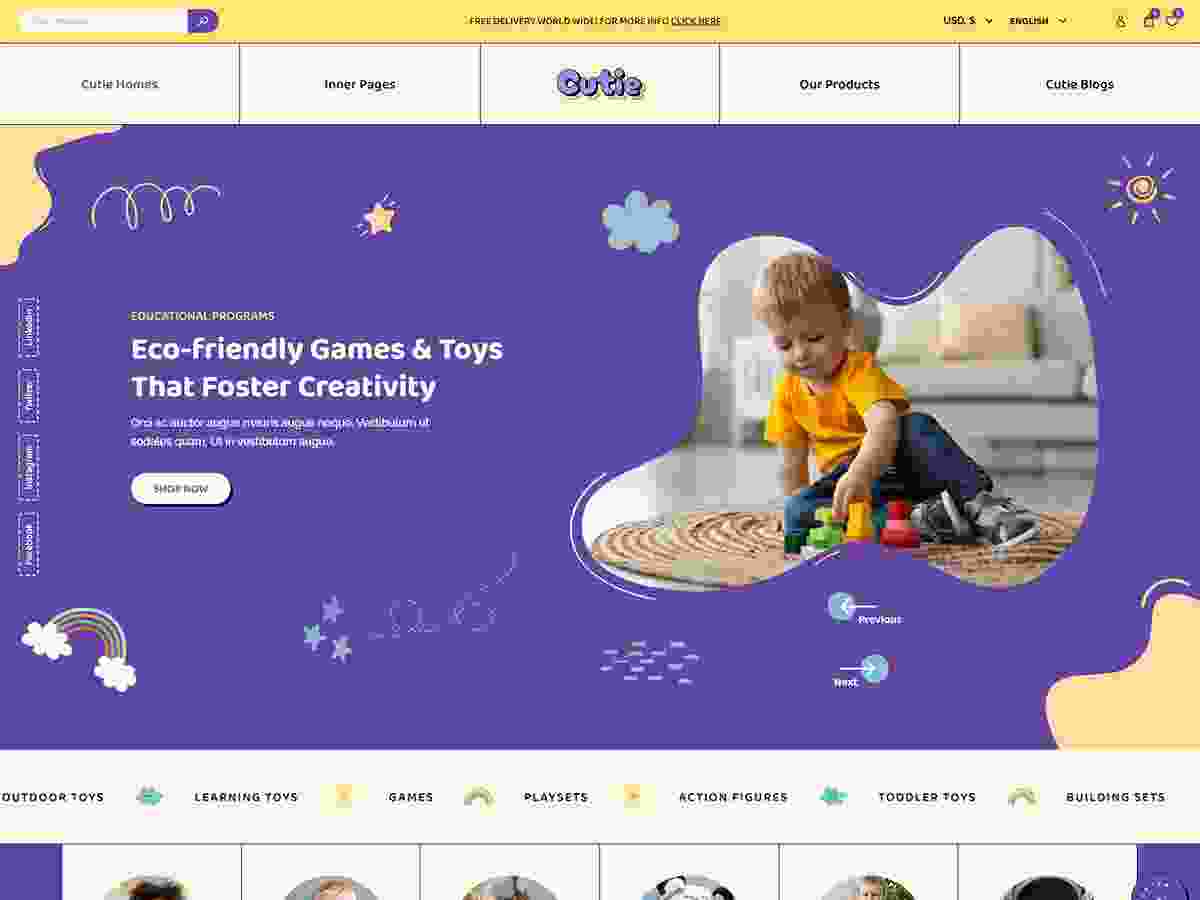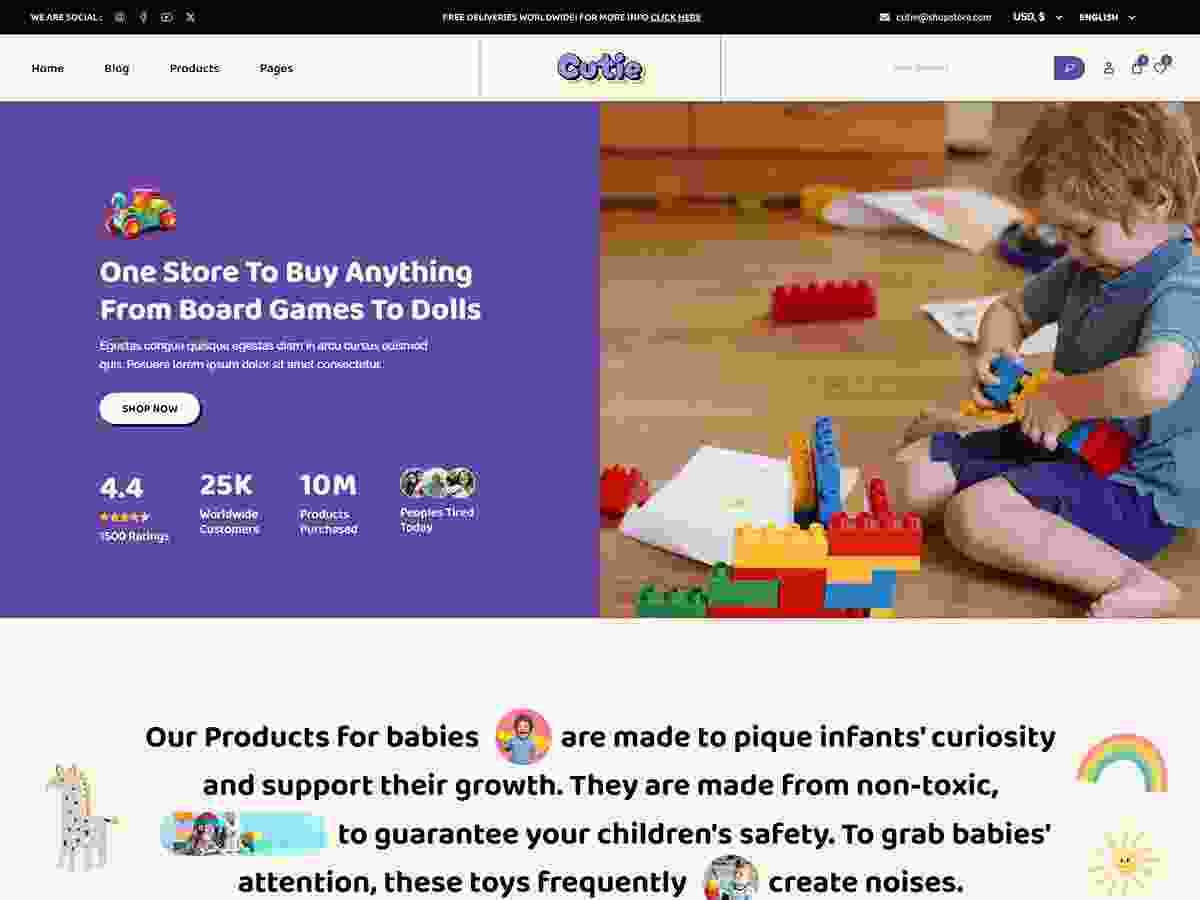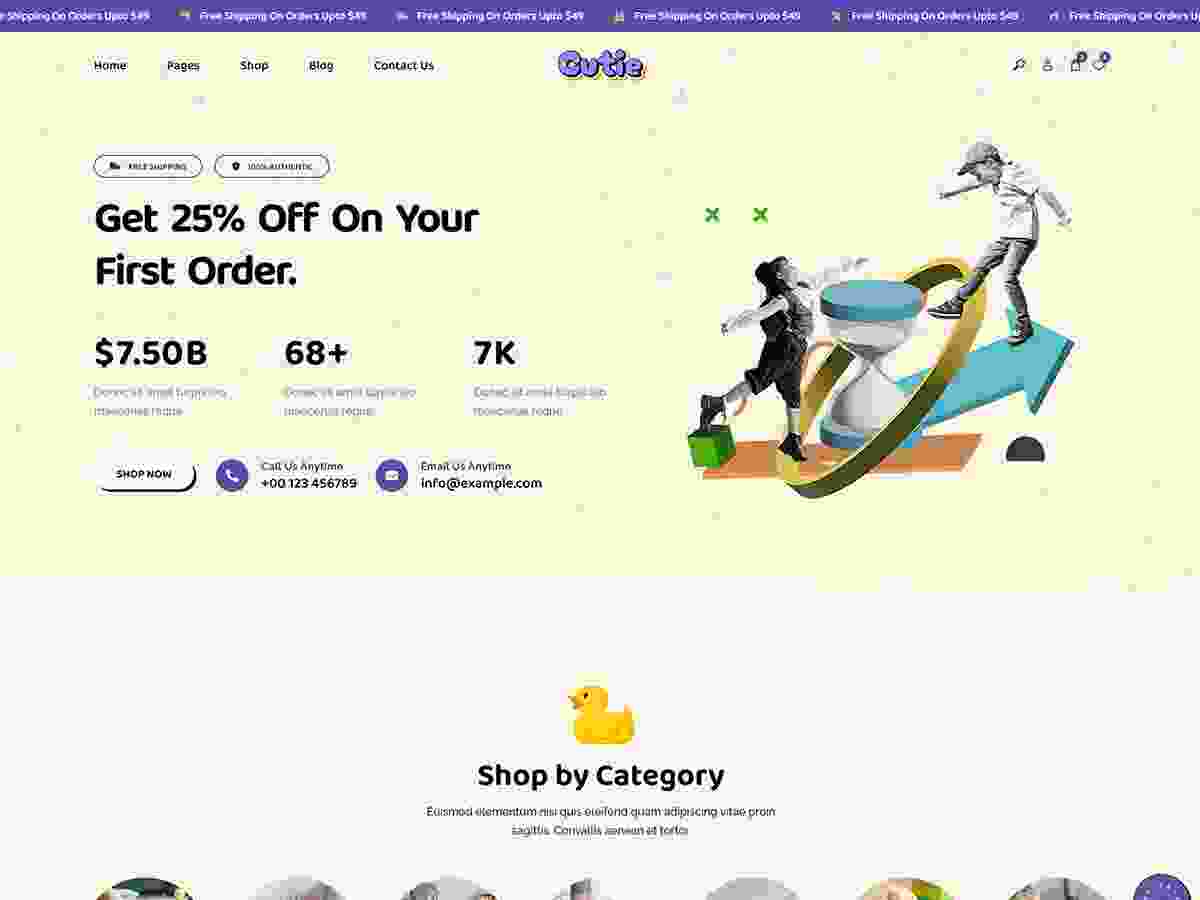Spa Form is an essential tool for streamlining operations, enhancing customer experience, and ensuring legal compliance within the spa and wellness industry. At spa-wear.com, we provide the apparel that embodies the essence of relaxation and professionalism, and we understand the necessity of a well-designed spa form. We offer solutions to simplify the initial consultation to the post-treatment follow-up and provide the appropriate spa garments and textiles. Let’s explore the depths of spa forms and their uses.
1. What Is a Spa Form and Why Is It Important?
A spa form is a structured document used to collect essential information from clients. This data ranges from personal details and medical history to treatment preferences and consent. The importance of a spa form lies in its multifaceted role in enhancing spa operations and client care. Think of it as the key to unlocking personalized experiences and building lasting relationships with your clientele.
- Streamlining Operations: Spa forms digitize data collection, reducing administrative overhead and allowing staff to focus on client interaction.
- Personalized Service: Details about client preferences and medical conditions enables customized treatments, leading to increased satisfaction and loyalty.
- Legal and Ethical Compliance: Properly filled consent forms protect the spa from legal liabilities by documenting client agreement to treatments and understanding of potential risks.
According to the International Spa Association (ISPA), spas that prioritize personalized experiences report higher customer retention rates and increased revenue. In July 2023, ISPA revealed that spas with efficient data collection methods saw a 20% reduction in administrative costs.
2. Different Types of Spa Forms and Their Purposes
Spa forms come in various types, each serving a specific purpose in the client journey. From the initial contact to ongoing care, understanding these forms ensures a seamless and professional experience.
2.1 Client Intake Form
The client intake form is the first point of contact, gathering comprehensive information about the client.
- Purpose: Collects personal information, medical history, lifestyle habits, and treatment preferences to tailor spa services.
- Key Elements:
- Personal Details: Name, contact information, and date of birth.
- Medical History: Allergies, medications, and pre-existing conditions.
- Lifestyle: Exercise habits, diet, and stress levels.
- Treatment Preferences: Specific areas of concern and desired outcomes.
By using a thorough client intake form, spas can create personalized experiences and ensure client safety. For instance, knowing a client’s allergy to certain ingredients can prevent adverse reactions during a facial or massage.
2.2 Health History Questionnaire
The health history questionnaire delves deeper into the client’s medical background.
- Purpose: To identify health conditions that may affect treatment suitability and safety.
- Key Elements:
- Detailed Medical History: Past surgeries, chronic illnesses, and current treatments.
- Medications: List of current medications and supplements.
- Allergies: Specific allergies to medications, foods, or environmental factors.
- Contraindications: Conditions that may make certain treatments unsafe.
Understanding a client’s health history is crucial for avoiding potential complications. A client with a history of blood clots, for example, may not be suitable for deep tissue massage. This information helps spa professionals make informed decisions and provide safe, effective treatments.
2.3 Consent Form
The consent form ensures that clients are fully informed about the treatments they are receiving and agree to proceed.
- Purpose: To obtain the client’s informed consent for specific treatments, outlining potential risks and benefits.
- Key Elements:
- Treatment Description: Detailed explanation of the procedure.
- Potential Risks: Possible side effects or complications.
- Benefits: Expected outcomes and therapeutic effects.
- Client Agreement: Signature confirming understanding and consent.
Informed consent is not just a legal requirement but also an ethical one. By ensuring clients are well-informed, spas build trust and empower clients to make confident decisions about their care.
2.4 Treatment-Specific Forms
These forms gather information relevant to specific treatments.
- Purpose: Collects targeted information related to particular services like facials, massages, or body wraps.
- Key Elements:
- Specific Concerns: Skin type, muscle tension areas, or cellulite concerns.
- Product Preferences: Fragrance preferences, skin sensitivities, or preferred massage oils.
- Desired Pressure: Light, medium, or deep pressure for massages.
- Customization Options: Specific areas to focus on or avoid during treatment.
Treatment-specific forms allow for a highly personalized experience. A facial form might ask about skin concerns like acne, dryness, or aging, enabling the esthetician to choose the most effective products and techniques.
2.5 Feedback Form
Feedback forms gather client opinions to improve service quality.
- Purpose: To collect client feedback on their experience, helping spas identify areas for improvement and ensure customer satisfaction.
- Key Elements:
- Overall Satisfaction: Rating of the overall experience.
- Specific Feedback: Comments on the treatment, staff, and environment.
- Suggestions: Ideas for improvement or new services.
- Likelihood to Return: Indication of whether the client would return for future services.
Client feedback is a goldmine of insights. By actively seeking and responding to feedback, spas can enhance their services, build stronger relationships with clients, and foster a culture of continuous improvement.
2.6 Membership Application Form
This form is used to enroll clients in spa membership programs.
- Purpose: To collect necessary information for enrolling clients in spa membership programs, outlining terms, benefits, and payment options.
- Key Elements:
- Personal Information: Name, contact details, and billing address.
- Membership Type: Selection of membership level and associated benefits.
- Payment Details: Credit card or bank account information for recurring payments.
- Terms and Conditions: Agreement to membership rules and cancellation policies.
Membership application forms streamline the enrollment process and ensure that clients understand the terms of their membership. Offering various membership tiers can cater to different client needs and encourage long-term loyalty.
3. Essential Elements of a Well-Designed Spa Form
A well-designed spa form is clear, concise, and user-friendly, ensuring that clients can easily provide the necessary information while maintaining a professional image for your spa.
3.1 Clear and Concise Language
Use straightforward language to avoid confusion and ensure clients understand the questions being asked.
- Why It Matters: Clear language reduces ambiguity and ensures accurate responses.
- How to Achieve It:
- Use simple, everyday language.
- Avoid jargon or technical terms.
- Break down complex questions into smaller parts.
3.2 User-Friendly Layout
Organize the form logically with clear sections and ample space for responses.
- Why It Matters: A well-organized form is easier to navigate, improving the client experience.
- How to Achieve It:
- Use headings and subheadings to divide sections.
- Provide adequate space for written responses.
- Use checkboxes and multiple-choice options where appropriate.
3.3 Mobile Responsiveness
Ensure the form is accessible and easy to complete on any device, including smartphones and tablets.
- Why It Matters: Many clients prefer to complete forms on their mobile devices, so mobile responsiveness is essential for convenience.
- How to Achieve It:
- Use a responsive form builder that automatically adjusts the layout to fit different screen sizes.
- Test the form on various devices to ensure it displays correctly.
3.4 Branding and Aesthetics
Incorporate your spa’s branding elements to create a cohesive and professional image.
- Why It Matters: Consistent branding reinforces your spa’s identity and builds trust with clients.
- How to Achieve It:
- Use your spa’s logo, colors, and fonts.
- Maintain a consistent design across all forms.
- Ensure the form’s design aligns with your spa’s overall aesthetic.
By focusing on these essential elements, spas can create forms that are both functional and visually appealing, enhancing the client experience and reinforcing their brand.
4. How to Digitize Spa Forms for Efficiency
Digitizing spa forms can significantly improve efficiency, reduce errors, and enhance the overall client experience. By transitioning from paper to digital, spas can streamline their operations and provide a more modern and convenient service.
4.1 Benefits of Digital Forms
Digital forms offer numerous advantages over traditional paper forms.
- Increased Efficiency: Digital forms automate data collection and storage, saving time and reducing administrative overhead.
- Reduced Errors: Digital forms minimize the risk of errors associated with manual data entry.
- Enhanced Security: Digital forms provide secure storage and transmission of sensitive client information.
- Improved Accessibility: Digital forms can be accessed and completed on any device, making it easier for clients to provide information.
- Eco-Friendly: Digital forms reduce paper consumption, contributing to a more sustainable business practice.
According to a study by the Green Spa Network, spas that adopt digital solutions can reduce their paper consumption by up to 80%.
4.2 Tools and Platforms for Creating Digital Forms
Several tools and platforms are available for creating and managing digital spa forms.
- Jotform: A versatile online form builder with a wide range of templates and integrations.
- Google Forms: A free and easy-to-use option for creating simple forms.
- Typeform: Known for its user-friendly interface and interactive design.
- Spa সফটওয়্যার with Integrated Forms: Many spa management software solutions include built-in form builders for seamless integration.
4.3 Integrating Digital Forms into Your Spa Management System
Integrating digital forms into your spa management system streamlines data flow and enhances operational efficiency.
- Automated Data Entry: Automatically transfer data from digital forms to client profiles in your spa management system.
- Appointment Reminders: Use form data to send automated appointment reminders via email or SMS.
- Personalized Communication: Utilize form data to personalize email marketing campaigns and client communications.
- Data Analysis: Analyze form data to identify trends and improve service offerings.
4.4 Ensuring Data Security and Privacy
Protecting client data is crucial when using digital forms.
- Use Secure Platforms: Choose form builders and management systems that offer robust security features, such as SSL encryption and HIPAA compliance.
- Obtain Consent: Ensure clients provide consent for data collection and usage, in compliance with privacy regulations.
- Regular Backups: Regularly back up your digital data to prevent loss in case of technical issues.
- Employee Training: Train staff on data security best practices and protocols.
By carefully considering these factors, spas can effectively digitize their forms, improving efficiency, enhancing client experience, and ensuring data security.
5. Optimizing Spa Forms for Mobile Devices
With the increasing use of mobile devices, optimizing spa forms for smartphones and tablets is crucial. Mobile-friendly forms provide a better user experience, leading to higher completion rates and more accurate data collection.
5.1 Responsive Design Principles
Implementing responsive design principles ensures that your spa forms adapt seamlessly to different screen sizes.
- Fluid Layout: Use a fluid layout that adjusts the width of elements based on the screen size.
- Flexible Images: Ensure images scale proportionally to fit within the container.
- Media Queries: Use media queries to apply different styles based on the device’s screen size.
- Touch-Friendly Elements: Make buttons and input fields large enough to be easily tapped on a touchscreen.
5.2 Simplifying Form Fields
Reducing the number of form fields and simplifying the input process can improve the mobile user experience.
- Minimize Fields: Only ask for essential information.
- Use Dropdowns and Checkboxes: Replace text fields with dropdowns and checkboxes where possible.
- Auto-Fill Options: Implement auto-fill options to streamline data entry.
- Clear Labels: Ensure all fields have clear and visible labels.
5.3 Streamlining Navigation
Easy navigation is essential for mobile users.
- Single-Column Layout: Use a single-column layout to avoid horizontal scrolling.
- Progress Indicators: Show users their progress through the form.
- Clear Call-to-Action Buttons: Use prominent and clear call-to-action buttons.
- Avoid Pop-Ups: Minimize the use of pop-ups, which can be disruptive on mobile devices.
5.4 Testing on Different Devices
Thorough testing on various mobile devices is crucial to ensure your forms work correctly.
- Use Emulators: Use device emulators to test your forms on different screen sizes and operating systems.
- Real Device Testing: Test your forms on actual smartphones and tablets.
- Gather User Feedback: Ask clients to test your forms and provide feedback on their experience.
By implementing these strategies, spas can create mobile-friendly forms that provide a seamless and efficient experience for their clients, leading to better data collection and improved customer satisfaction.
6. Legal Considerations for Spa Forms in the USA
In the USA, spa forms must comply with various legal and regulatory requirements to protect both the spa and its clients.
6.1 HIPAA Compliance
The Health Insurance Portability and Accountability Act (HIPAA) sets standards for protecting sensitive health information.
- What It Means for Spas: If your spa collects and stores client health information, you must comply with HIPAA regulations.
- Key Requirements:
- Obtain client consent for data collection and usage.
- Implement security measures to protect client data.
- Provide clients with access to their health information.
- Train staff on HIPAA compliance.
6.2 Data Privacy Laws
Various state and federal laws govern data privacy, including the California Consumer Privacy Act (CCPA).
- What It Means for Spas: You must inform clients about how their data is collected, used, and shared.
- Key Requirements:
- Provide a privacy policy that outlines your data practices.
- Obtain consent for data collection and usage.
- Allow clients to access, correct, and delete their data.
- Implement security measures to protect client data.
6.3 Informed Consent
Informed consent is a legal and ethical requirement for spa treatments.
- What It Means for Spas: Clients must be fully informed about the treatments they are receiving and agree to proceed.
- Key Requirements:
- Provide a detailed description of the treatment.
- Outline potential risks and benefits.
- Obtain the client’s signature confirming understanding and consent.
6.4 Liability Waivers
Liability waivers protect the spa from legal claims in case of injury or damage.
- What It Means for Spas: Clients agree to waive their right to sue the spa for certain types of incidents.
- Key Requirements:
- Clearly state the risks involved in the treatment.
- Ensure the client understands the waiver.
- Obtain the client’s signature.
6.5 State-Specific Regulations
Many states have specific regulations for spas and wellness centers.
- What It Means for Spas: You must comply with all applicable state laws and regulations.
- Key Areas:
- Licensing requirements for spa professionals.
- Sanitation and hygiene standards.
- Requirements for specific treatments.
By understanding and complying with these legal considerations, spas can protect themselves from legal liabilities and ensure they are providing safe and ethical services to their clients.
7. Best Practices for Creating Effective Spa Forms
Creating effective spa forms involves careful planning, attention to detail, and a focus on the client experience.
7.1 Start with a Clear Purpose
Define the specific goals you want to achieve with each form.
- Why It Matters: A clear purpose ensures that the form collects the necessary information and avoids unnecessary questions.
- How to Achieve It:
- Identify the specific information you need to collect.
- Determine how you will use the information.
- Design the form to achieve these goals efficiently.
7.2 Keep It Concise and Relevant
Avoid asking for information that is not essential.
- Why It Matters: Shorter forms are more likely to be completed and less likely to overwhelm clients.
- How to Achieve It:
- Review each question and determine if it is necessary.
- Eliminate redundant or irrelevant questions.
- Combine questions where possible.
7.3 Use Simple Language
Use clear, straightforward language that is easy for clients to understand.
- Why It Matters: Simple language reduces confusion and ensures accurate responses.
- How to Achieve It:
- Avoid jargon or technical terms.
- Use everyday language.
- Break down complex questions into smaller parts.
7.4 Provide Clear Instructions
Give clear instructions on how to complete the form.
- Why It Matters: Clear instructions ensure that clients understand what is expected of them.
- How to Achieve It:
- Provide instructions at the beginning of each section.
- Use bullet points or numbered lists to highlight key steps.
- Include examples where necessary.
7.5 Test and Refine Your Forms
Test your forms with a small group of clients and make revisions based on their feedback.
- Why It Matters: Testing helps you identify areas for improvement and ensure that the form is user-friendly.
- How to Achieve It:
- Ask clients to complete the form and provide feedback.
- Observe clients as they complete the form.
- Make revisions based on the feedback you receive.
By following these best practices, spas can create forms that are effective, user-friendly, and compliant with legal requirements, ultimately enhancing the client experience and improving business operations.
8. Enhancing Client Experience with Thoughtful Spa Forms
Spa forms are not just administrative tools; they are opportunities to enhance the client experience and build stronger relationships.
8.1 Personalization Opportunities
Use spa forms to gather information that allows you to personalize the client experience.
- Treatment Preferences: Ask about specific areas of concern, preferred techniques, and desired outcomes.
- Product Preferences: Inquire about fragrance preferences, skin sensitivities, and preferred ingredients.
- Lifestyle Information: Gather information about exercise habits, diet, and stress levels to tailor treatments and recommendations.
8.2 Creating a Welcoming Tone
Use a warm and welcoming tone in your forms to make clients feel comfortable and valued.
- Use Positive Language: Frame questions in a positive and encouraging way.
- Express Gratitude: Thank clients for taking the time to complete the form.
- Offer Assistance: Let clients know that you are available to answer any questions they may have.
8.3 Explaining the Purpose of Each Question
Help clients understand why you are asking each question.
- Provide Context: Explain how the information will be used to personalize their experience or ensure their safety.
- Be Transparent: Let clients know that their information will be kept confidential and used only for the purposes they have agreed to.
8.4 Offering a Seamless Digital Experience
Ensure that your digital spa forms are easy to access, complete, and submit.
- Mobile Responsiveness: Ensure that the form is accessible and easy to complete on any device.
- Auto-Fill Options: Implement auto-fill options to streamline data entry.
- Clear Instructions: Provide clear instructions on how to complete the form.
By focusing on these strategies, spas can transform their forms into valuable tools for enhancing the client experience, building trust, and fostering long-term relationships.
9. Future Trends in Spa Form Design
The field of spa form design is constantly evolving, with new technologies and trends emerging to enhance efficiency, personalization, and the client experience.
9.1 Artificial Intelligence (AI) Integration
AI can automate data analysis, provide personalized recommendations, and streamline the form completion process.
- Automated Data Analysis: AI can analyze form data to identify trends, predict client needs, and improve service offerings.
- Personalized Recommendations: AI can provide personalized treatment and product recommendations based on client data.
- Smart Forms: AI can create dynamic forms that adapt to the client’s responses, asking only relevant questions.
9.2 Biometric Data Collection
Biometric sensors can collect physiological data, such as heart rate and skin conductance, to provide a more comprehensive assessment of the client’s health and well-being.
- Wearable Integration: Integrate with wearable devices to collect real-time data during treatments.
- Personalized Treatments: Use biometric data to tailor treatments to the client’s individual needs.
- Progress Tracking: Track changes in biometric data over time to assess the effectiveness of treatments.
9.3 Virtual Reality (VR) and Augmented Reality (AR)
VR and AR can enhance the form completion process by providing interactive and immersive experiences.
- Virtual Consultations: Use VR to provide virtual consultations and treatment previews.
- Interactive Forms: Use AR to create interactive forms that overlay digital information on the real world.
- Enhanced Engagement: VR and AR can make the form completion process more engaging and enjoyable.
9.4 Blockchain for Data Security
Blockchain technology can provide a secure and transparent way to store and manage client data.
- Decentralized Storage: Store client data on a decentralized blockchain network to protect it from hacking and data breaches.
- Transparent Access: Provide clients with control over their data and allow them to grant access to specific parties.
- Enhanced Privacy: Use blockchain to ensure that client data is only accessed by authorized individuals.
By staying abreast of these future trends, spas can leverage new technologies to create forms that are more efficient, personalized, and secure, ultimately enhancing the client experience and driving business growth.
10. Frequently Asked Questions (FAQs) About Spa Forms
10.1 What is the purpose of a spa intake form?
The primary purpose of a spa intake form is to collect detailed information about a client’s health history, lifestyle, and treatment preferences. This information helps spa professionals tailor their services to meet the client’s individual needs and ensure their safety.
10.2 What information should be included in a spa consent form?
A spa consent form should include a detailed description of the treatment, potential risks and benefits, and a statement confirming that the client understands the information and agrees to proceed with the treatment.
10.3 How can digital spa forms improve efficiency?
Digital spa forms improve efficiency by automating data collection and storage, reducing administrative overhead, minimizing errors, enhancing security, and improving accessibility.
10.4 Is it necessary to comply with HIPAA when using spa forms?
If your spa collects and stores client health information, you must comply with HIPAA regulations to protect the privacy and security of that information.
10.5 How can I ensure my spa forms are mobile-friendly?
To ensure your spa forms are mobile-friendly, use responsive design principles, simplify form fields, streamline navigation, and test your forms on various mobile devices.
10.6 What are some best practices for creating effective spa forms?
Some best practices for creating effective spa forms include starting with a clear purpose, keeping it concise and relevant, using simple language, providing clear instructions, and testing and refining your forms.
10.7 How can I enhance the client experience with thoughtful spa forms?
You can enhance the client experience with thoughtful spa forms by personalizing the form, creating a welcoming tone, explaining the purpose of each question, and offering a seamless digital experience.
10.8 What are some future trends in spa form design?
Some future trends in spa form design include artificial intelligence (AI) integration, biometric data collection, virtual reality (VR) and augmented reality (AR), and blockchain for data security.
10.9 How often should I update my spa forms?
You should update your spa forms regularly to ensure they comply with current regulations, reflect changes in your services, and incorporate feedback from clients and staff.
10.10 Where can I find examples of spa forms?
You can find examples of spa forms on various online resources, including spa management software websites, legal document providers, and industry associations. Remember to consult with legal professionals to ensure compliance with local regulations.
We, at spa-wear.com, invite you to explore our premium collection of spa apparel designed to enhance the comfort and professionalism of your spa environment. Our garments are crafted with the finest materials, ensuring your clients feel relaxed and pampered from the moment they arrive.
Need help finding the perfect spa apparel or have questions about optimizing your spa forms? Contact us today at Address: 7014 E Camelback Rd, Scottsdale, AZ 85251, United States, Phone: +1 (480) 947-5400, or visit our website at spa-wear.com to learn more and discover our exclusive offerings. Let spa-wear.com be your partner in creating an exceptional spa experience.





